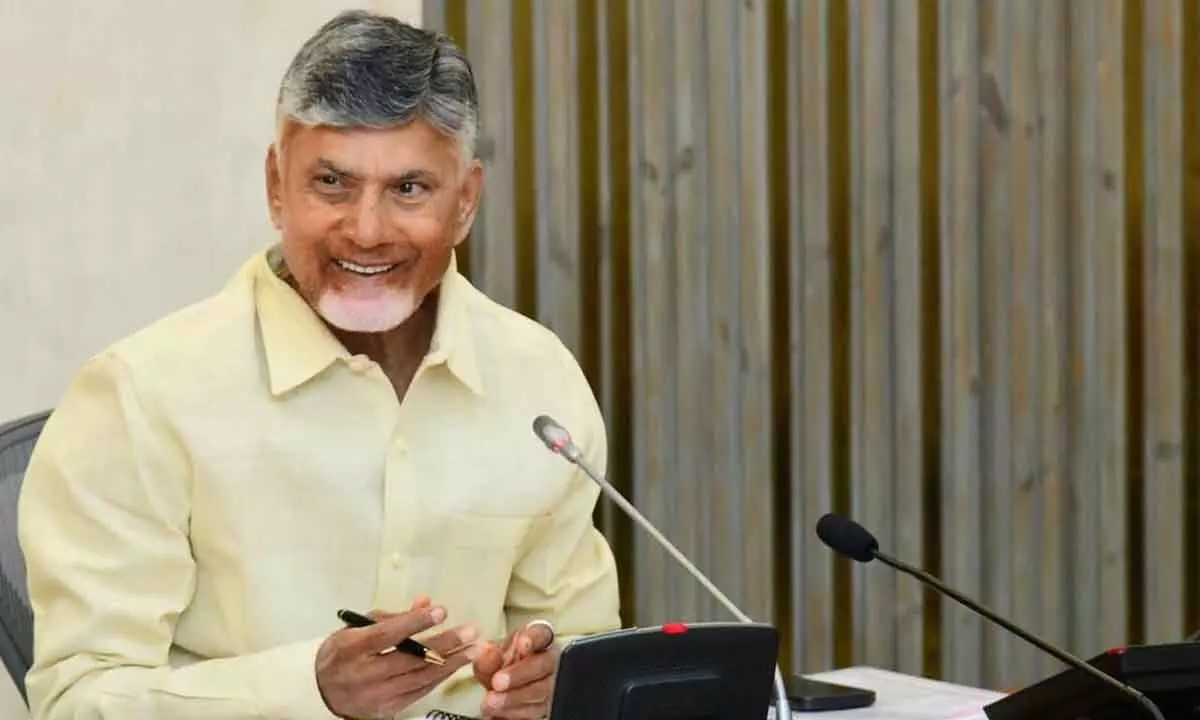Live
- Experience the Best Human Hair Extensions with Gemeria
- Advanced F&O strategies for experienced investors - Straddles, strangles, Iron condors
- Dr. Harikiran Chekuri suggests that a hair transplant can help regain hair growth to reclaim confidence and self-esteem
- Chandrababu Praises Mahayuti Alliance for Maharashtra Assembly Elections win
- Where Drops Define Destiny: The Elite Chronicles of IPC's 30th Revolution
- Aahwahan Foundation Launches “Sapnon Ke Sawari” Initiative to Empower Differently-Abled Individuals
- Are Market-linked Plans Suitable for First-time Investors?
- Vijay to host farmers, landowners who provided venue for TVK’s first meet in TN
- Bengal bypolls: Trinamool candidates declared elected from Naihati, Sitai; leading in other four seats too
- Black Friday 2024: Amazon, Samsung, Sony Discounts Unveiled; More Brands To Join









